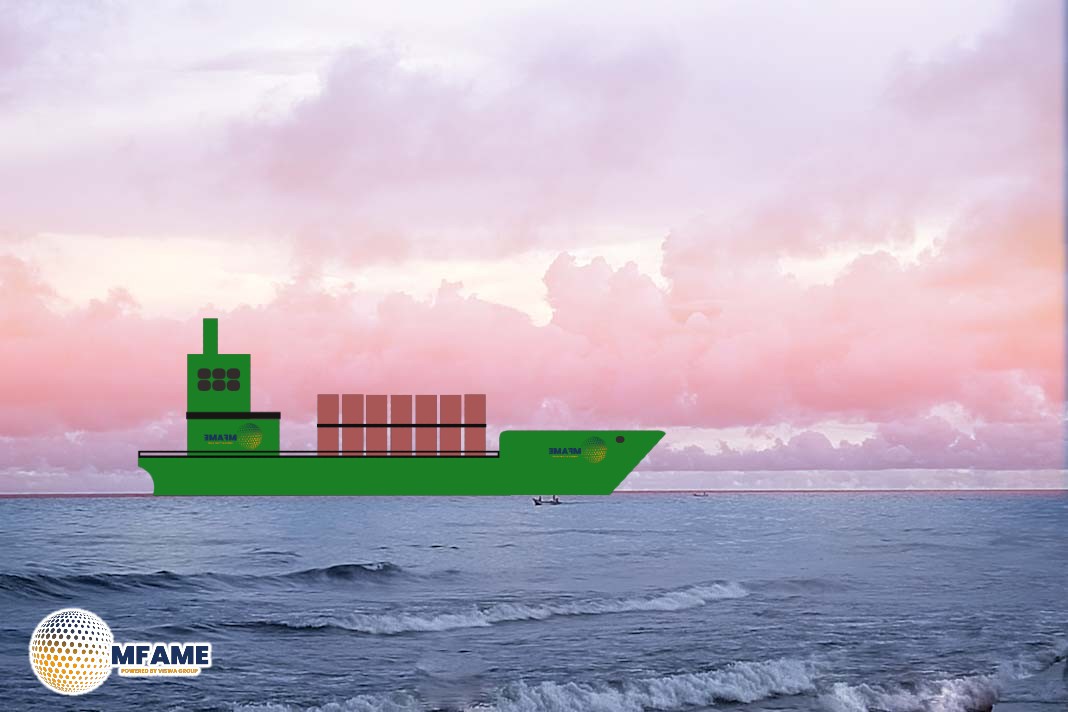The dry bulk import data for China in the first quarter of 2025 presents a nuanced picture, characterized by varying trends across different commodities. These trends are likely influenced by specific factors affecting each commodity market as well as the broader strategic adjustments China is making in response to the ongoing trade tensions with the United States, reports Breakwave Advisors.
Coal Flow Dynamics
The dynamics of coal flows present a significantly different picture compared to other commodities. The 18.35% year-over-year decline in coal shipments likely stems from a combination of factors: increasingly stringent environmental regulations in China, fluctuating demand for power generation in the country, and shifting geopolitical relationships. It is noteworthy that Indonesia has been strengthening its trade ties with both the U.S. and India. While coal has not been directly targeted by tariffs in the ongoing trade discussions, the evolving landscape of global alliances may indirectly influence China’s decisions regarding import preferences.
In the first quarter of 2025, electricity generation from coal-fired power plants in China experienced a decline of approximately 4.7% compared to the same period last year. This occurred despite an overall increase of 1% in total electricity demand, indicating a shift in China’s energy mix. High levels of domestic coal inventories, coupled with a decrease in March coal imports, suggest a move towards prioritizing local coal sourcing, particularly as domestic coal prices have fallen to their lowest levels in four years. Adding to this trend, Indonesia’s implementation of a benchmark coal price has reduced the competitiveness of its exports to China.
Geopolitical considerations are further shaping these trade patterns. Indonesia’s commitment to significantly increase imports from the U.S. by up to $19 billion – including $10 billion worth of energy products – is part of a broader strategy to reduce its trade surplus with Washington and potentially mitigate the risk of future tariffs. This rebalancing of trade relationships could come at the expense of Indonesia’s exports to China, particularly in the coal sector.
Simultaneously, China has expressed concerns regarding nations that appear to be aligning more closely with the U.S., hinting at potential retaliatory measures if its economic interests are undermined. These developments underscore how the evolving landscape of global alliances is increasingly influencing China’s energy import decisions.
Trade Routes
The latest commodity trade data clearly indicates a shift in China’s sourcing strategy, influenced not only by economic and seasonal variations but also by wider strategic realignments amidst the ongoing trade discussions with the U.S. Notably, imports of iron ore and grain from Brazil are experiencing a sharp increase, providing support to long-haul dry bulk demand. Conversely, coal imports from Indonesia are declining, suggesting a more selective or intentionally redirected approach to China’s procurement. Sentiment in the Capesize freight market is softening due to an increasing number of vessels ballasting, while recent indicators point towards a weakening outlook for the Handy-size market in the North Pacific (NOPAC) to Far East trade lane.
Specifically, the following freight rate movements have been observed:
- Capesize vessel freight rates from Brazil to North China have closed below $19 per tonne, representing a significant 24% decrease compared to the previous month.
- Panamax rates from the Continent have remained relatively stable, holding near $30 per tonne, reflecting a modest 4% decline month-on-month and a more substantial 30% drop year-on-year.
- Supramax vessel freight rates on the Indonesia–East Coast India (ECI) route have remained steady at around $9 per tonne, registering a slight 1.4% month-on-month decline.
- Handysize freight rates for the NOPAC Far East route have slipped slightly below $29 per tonne, recording a 9% decline compared to the previous month.
Did you subscribe to our daily Newsletter?
It’s Free Click here to Subscribe!
Source: Breakwave Advisors























